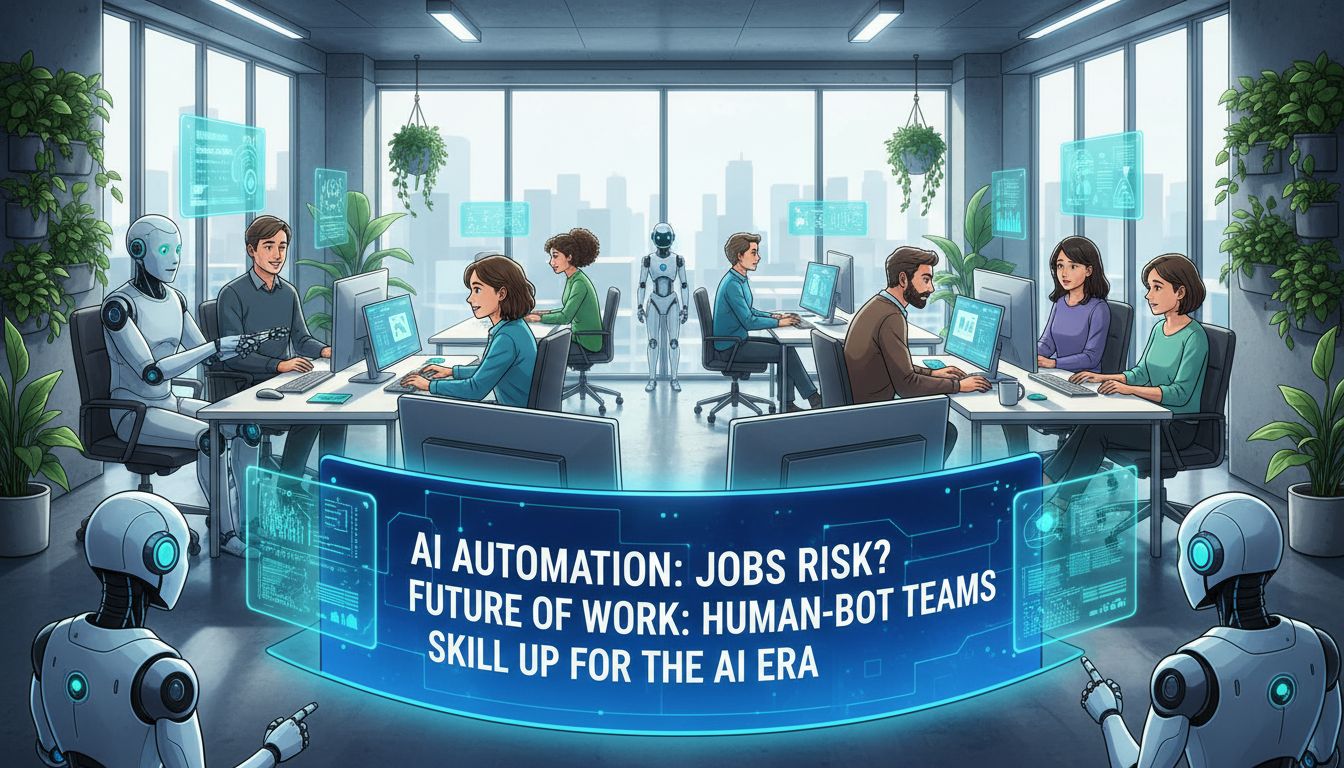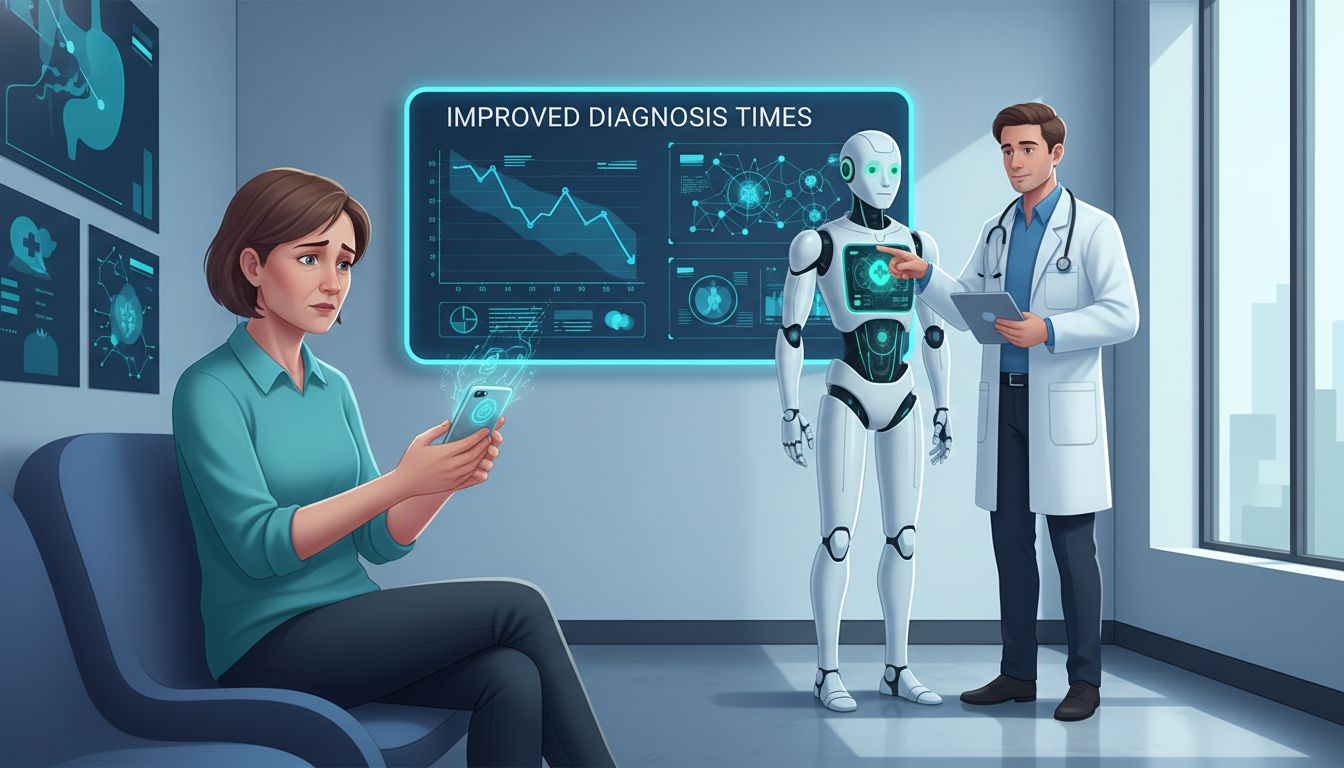Imagine a world where robots work alongside humans, not just in factories but in our homes and everyday lives. This vision is no longer limited to science fiction. The rapid advancements in humanoid robot development are making this a reality.
Progress in artificial intelligence (AI) has propelled companies to create robots that mimic human appearance and movement. Partnerships between humans and robots are becoming more common.
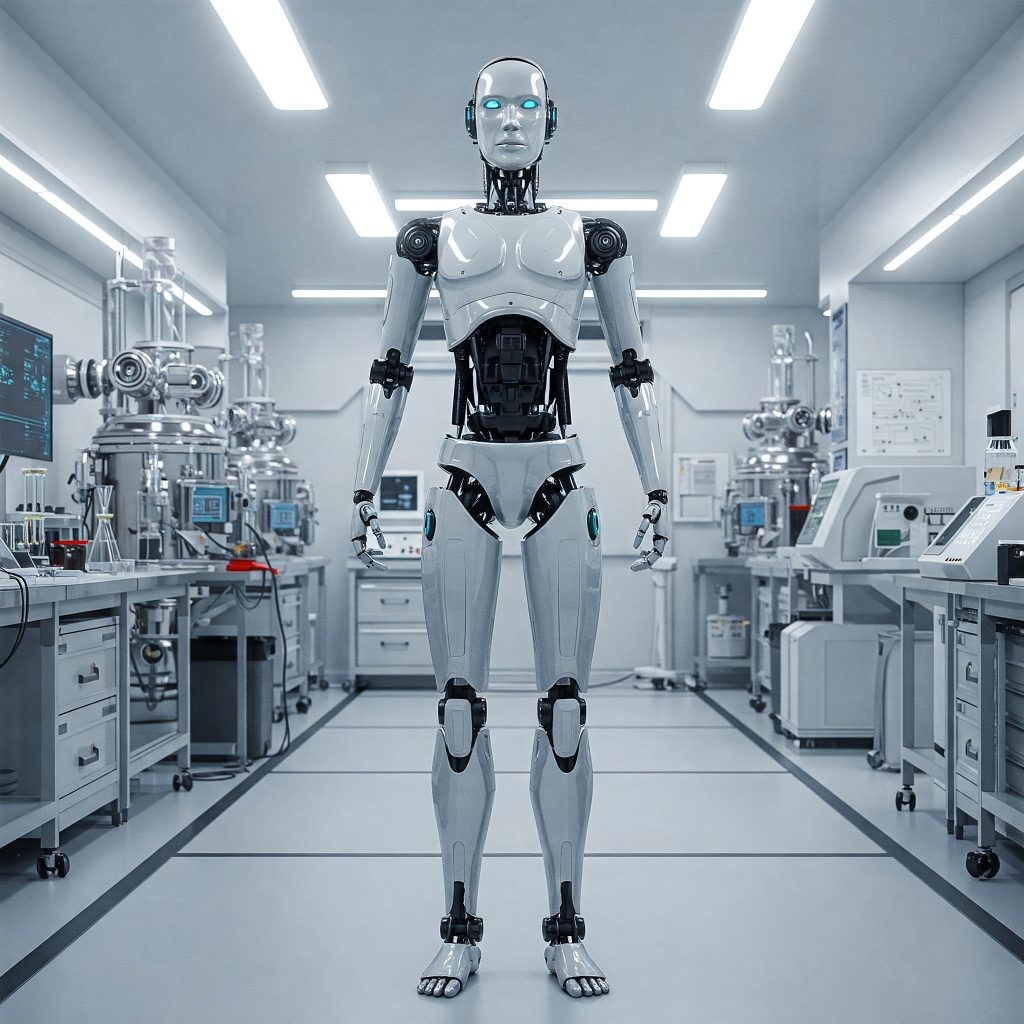
Table of Contents:
- The Progress of Humanoid Robot Development
- The Hurdles in Humanoid Robotics
- Future Projections for Humanoid Robot Development
- FAQs about Humanoid Robot Development
- Conclusion
The Progress of Humanoid Robot Development
Humanoid robots are made to look and act like people. They usually have a head, torso, arms, and legs. These robots replicate human movements and daily tasks.
Companies and researchers are improving their designs with each new version. This helps robots fit in better with our environments. We are beginning to see how they can integrate into various settings.
Leading Companies
Many tech companies are driving innovation in humanoid robot development. This competitive field involves numerous partnerships and advanced features. For instance, Bezos and Nvidia recently joined OpenAI in funding a humanoid robot startup.
Here’s a closer look at some of the top companies and their advancements:
Boston Dynamics, known for agile and animal-like robots, is leading with Atlas. Atlas, their most advanced humanoid robot, can perform complex movements. Its exceptional balance and agility set it apart.
Tesla entered the humanoid robotics field with Optimus. This robot, recently introduced, helps with routine tasks in Tesla’s factories. Founder Elon Musk envisions Optimus taking on risky, repetitive, or boring jobs.
SoftBank Robotics created Pepper. Pepper is designed for interacting with people, especially in customer service. It can react to human emotions.
SoftBank improves Pepper through AI refinements. This makes future conversations more human-like.
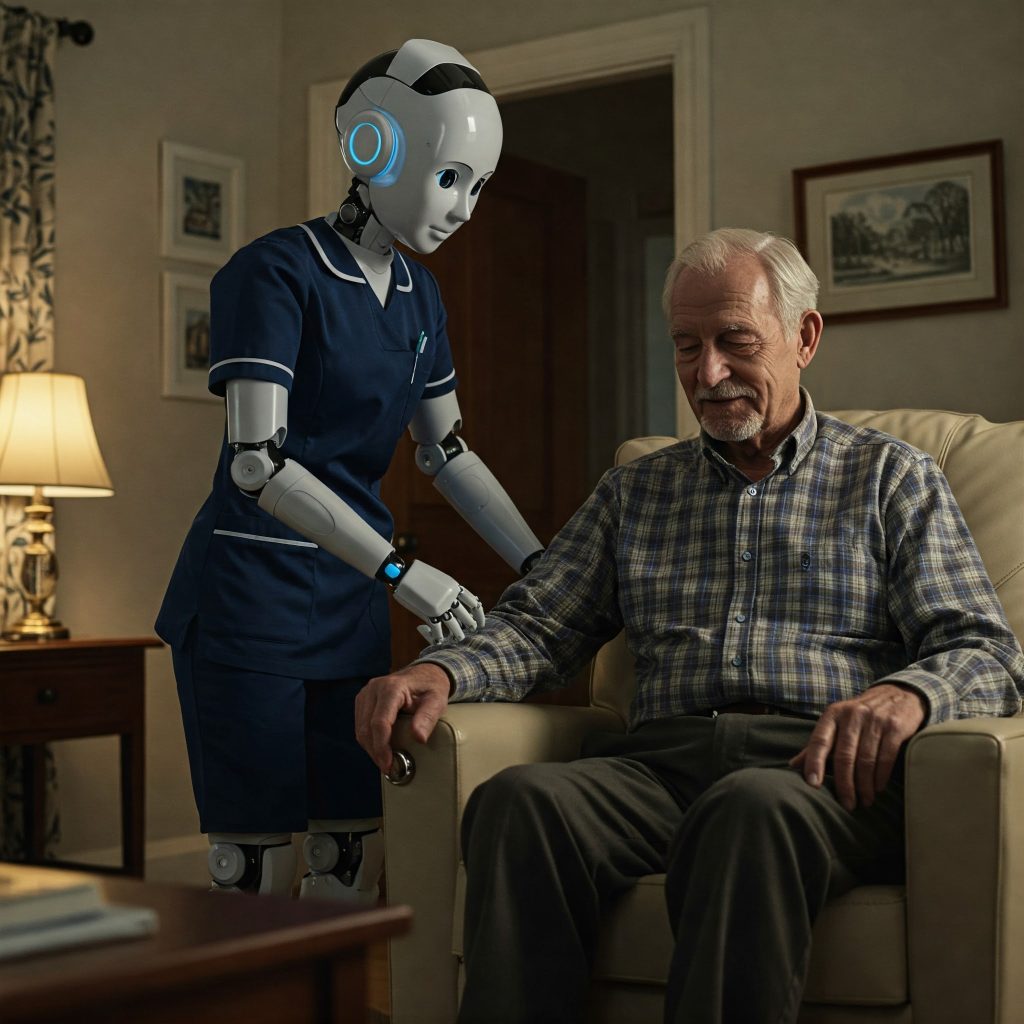
Advantages of Using Humanoids
Humanoid robots have potential applications across many industries. Their roles can improve efficiency and quality of care. Their ability to work in various situations is invaluable in multiple sectors.
In healthcare, humanoids can assist surgeons with precise operations. They can also provide companionship and care for the elderly.
| Industry | Advantages of Humanoid Use |
|---|---|
| Health Care | Perform surgery assistance, elderly support, and medication delivery |
| Retail | Guide shoppers, answer questions, and manage inventory and stock |
| Manufacturing | Assist with production, packing, assembly, and handle hazardous materials |
| Logistics | Improve warehouse operations, such as product picking & package handling. |
Humanoids are advantageous for interacting in human environments. They can function easily in shared settings. This flexibility is useful for tasks in everyday environments.
The Hurdles in Humanoid Robotics
Despite significant progress, there are challenges to overcome. Refining these robots involves solving issues to integrate them into daily life and business seamlessly.

Natural Movement
Robots have impressive capabilities, but achieving truly fluid movement is difficult. Programming human-like actions requires advanced coding and sensor technology. It is a complex task.
Emotional Awareness and Interaction
Current robot designs can sense basic emotions, but true understanding is still developing. Forming deep connections, like friendships, is a long-term challenge. Companies are focusing on this aspect for new features.
High Production Costs
Creating a humanoid robot requires expensive equipment and high-quality parts. The integration of advanced AI systems adds to the cost.
Limited production and market reach result from these high expenses. The investment required impacts how accessible they are.
Future Projections for Humanoid Robot Development
The development of humanoid robots is promising, despite ongoing challenges. Experts predict that robots will soon become common helpers in various settings.
Growth in Capabilities
Advances in AI will lead to better actions and conversations. The second humanoid robot to secure a paying job recently made headlines. These developments allow robots to adapt to routine activities more smoothly.
Some experts believe humanoid helpers will become as common as smartphones. Their roles may extend beyond factories to include more public-facing tasks.
Social, Ethical and Moral Factors
As society welcomes more human-like robots, new concerns arise. Questions about job roles, workforce changes, and training become critical. Balancing robotics with these factors requires deep consideration.
Privacy is another crucial human aspect to consider. Robots will learn and gather personal information, especially in homes.
Developers must prioritize privacy protection to gain acceptance. Data use transparency and trust are vital in product design and marketing.
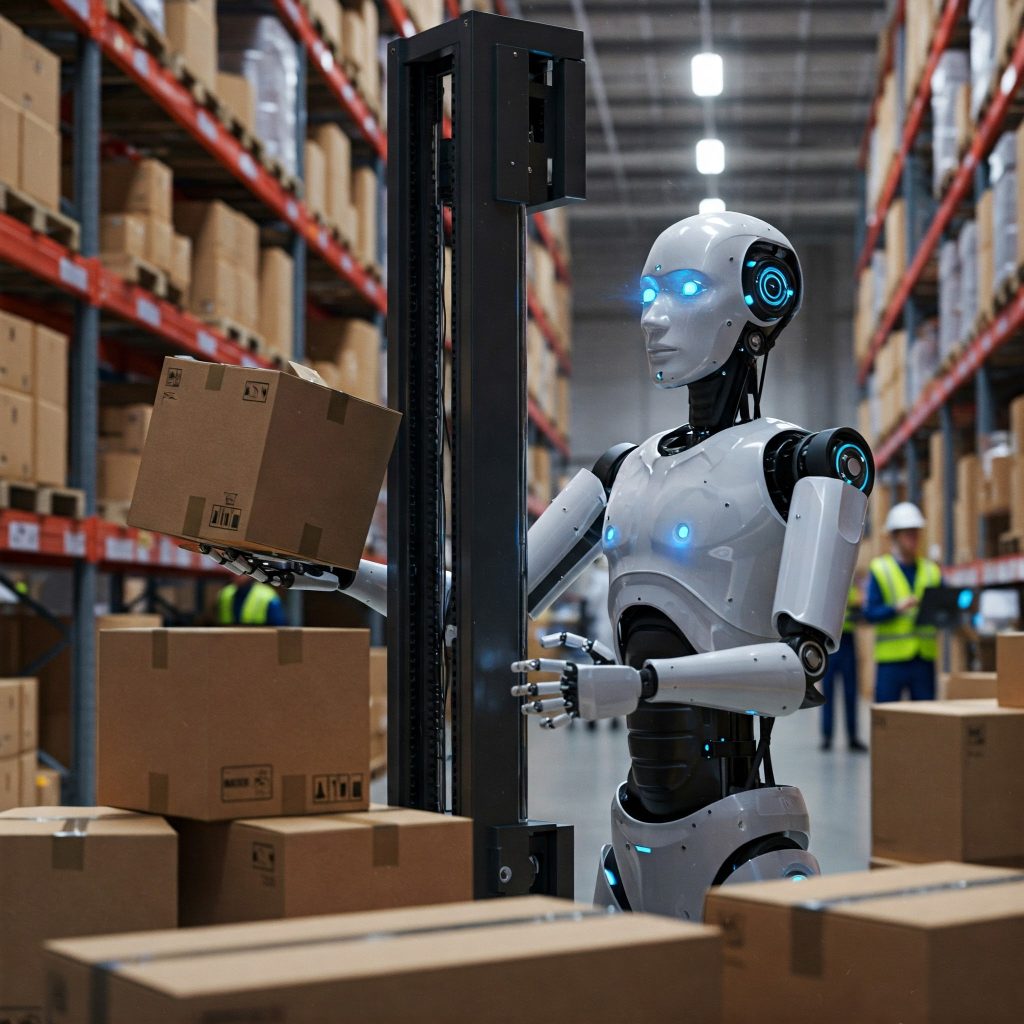
FAQs about Humanoid Robot Development
Who is developing humanoid robots?
Major companies include Boston Dynamics with Atlas. Tesla has Optimus, and SoftBank Robotics offers Pepper. Each focuses on different aspects of humanoid robot capabilities and roles.
How to create a humanoid robot?
Creating these machines involves combining mechanics, computer science, and programming. Mimicking human motions requires complex sensors and smart systems. This challenging engineering task needs significant resources and skills.
How much does it cost to build a humanoid robot?
Building costs vary based on project specifications and features. Budgets usually range from six to seven figures. High prices for components drive up costs significantly.
What is the progress of humanoid robots?
Modern models show remarkable abilities, like parkour. This humanoid robot could even build your next Mercedes. Achieving fluent grace and understanding social dynamics remains challenging.
Further advancements are expected with more production and learning.
Conclusion
Humanoid robot development is transforming our technological landscape. Leading tech and robotics firms are shaping metal to resemble human form and movement. The use of robots for home assistance is just on the horizon.
While challenges exist, the potential for growth is immense. Advances in technology promise incredible benefits. Humanoid robot development is more real than many realize.
As changes occur rapidly, thoughtful discussion is essential. You have a voice in this evolving field, both now and in the future. The possibilities of robotic automation are huge.



